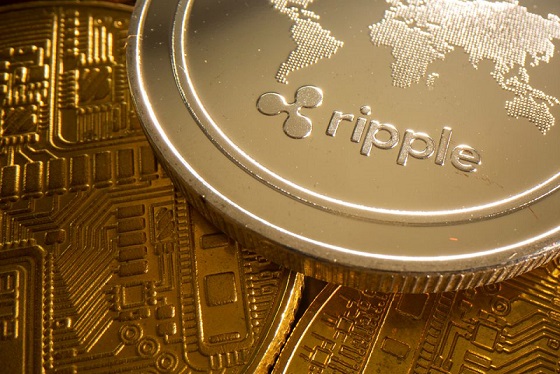NEW YORK - Amid heightened scrutiny from the U.S. Securities and Exchange Commission (SEC) targeting various cryptocurrencies and exchanges, Solana (SOL) has made a significant leap in the market. Despite recent regulatory challenges, including allegations against the Binance exchange and the SEC's classification of SOL as a security, the digital currency has seen a remarkable 386% increase in price.
In a striking November rally, Solana's market capitalization soared by 65%, elevating its valuation to nearly that of Ripple (XRP) and positioning it among the top six cryptocurrencies with a market cap of $26.5 billion. This surge is a stark contrast from its June valuation of just $296.5 million.
Industry experts attribute Solana's impressive performance to its role as an efficient Layer 1 platform, which is increasingly seen as a strong competitor to Ethereum (ETH). Solana is lauded for its speed, cost-effectiveness, scalability, and web-scale architecture—qualities that are becoming more critical as the crypto space evolves.
An advisor from Render Foundation highlighted Solana's robust core infrastructure as a key factor in its success. Additionally, there is a growing trend of users and developers moving away from Ethereum due to its high gas fees, which has likely contributed to Solana's rise.
In response to the SEC's claims, the Solana Foundation has defended its platform by underscoring its superior transaction speeds compared to other blockchain networks. The foundation firmly refuted the SEC's classification of SOL as a security, emphasizing its technological advantages and commitment to compliance with regulatory standards.
As Solana continues to gain momentum in the cryptocurrency market, it stands out not only for its significant price movement but also for its underlying technology that may redefine efficiency standards within the blockchain industry.
This article was generated with the support of AI and reviewed by an editor. For more information see our T&C.
